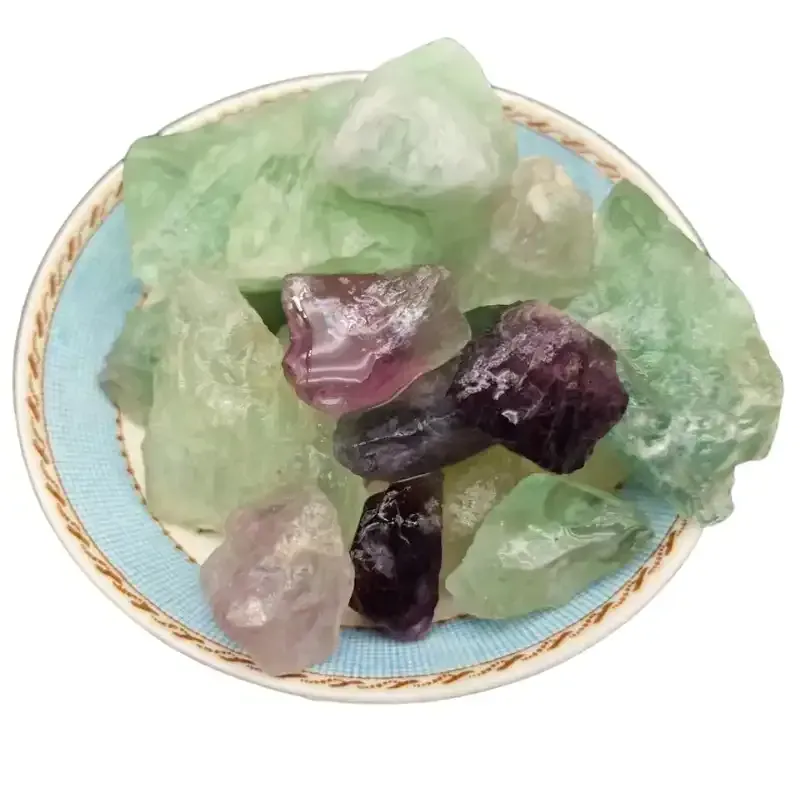
fly ash and slag factory
The Role of Fly Ash and Slag in Sustainable Construction
In the quest for sustainable construction practices, the use of industrial by-products like fly ash and slag has gained significant attention. These materials, often considered waste, can be transformed into valuable components for concrete production, contributing to the reduction of environmental impact associated with traditional cement manufacturing. This article explores the properties, benefits, and applications of fly ash and slag in the construction industry.
What Are Fly Ash and Slag?
Fly ash is a fine, powdery material produced as a by-product during the combustion of coal in power plants. It is composed primarily of silica, alumina, and iron, which can react with lime in the presence of water to form cementitious compounds. On the other hand, slag is generated from the rapid cooling of molten iron ore, resulting in a glassy, granular material known as granulated blast-furnace slag (GBS). Both materials have pozzolanic properties, which means they can enhance the performance of concrete when used as partial replacements for Portland cement.
Environmental Benefits
The incorporation of fly ash and slag into concrete offers numerous environmental benefits. Firstly, it helps to mitigate the carbon footprint associated with conventional cement production, which is one of the largest sources of greenhouse gas emissions globally. By replacing a portion of Portland cement with these by-products, the demand for cement is reduced, thus decreasing overall carbon emissions. Additionally, utilizing fly ash and slag contributes to waste reduction by diverting these materials from landfills, promoting a circular economy.
Performance Enhancements
Beyond their environmental advantages, fly ash and slag also improve the mechanical properties of concrete. The fine particles of fly ash enhance the workability of concrete mixtures, allowing for easy handling and placement. Furthermore, when properly activated, fly ash can significantly increase the strength and durability of concrete over time. Incorporating slag contributes to increased resistance to sulfate attack and reduces permeability, making concrete structures more durable and long-lasting.
fly ash and slag factory

Cost-Effectiveness
From an economic perspective, using fly ash and slag can lead to significant cost savings in concrete production. These materials are often less expensive than traditional cement, allowing construction companies to reduce overall project costs while adhering to sustainability practices. Additionally, the long-term durability of concrete containing fly ash and slag can minimize maintenance and repair costs, providing further financial benefits.
Applications in Construction
Fly ash and slag can be utilized in various construction applications, including residential, commercial, and infrastructure projects. They are commonly used in the production of concrete blocks, precast concrete elements, and ready-mix concrete. Their effectiveness in improving concrete properties makes them ideal for demanding applications such as bridges, pavements, and high-rise buildings. Moreover, their use has been endorsed by various international standards and building codes, which recognize the potential of these materials in enhancing the performance of concrete.
Challenges and Considerations
Despite the many benefits of using fly ash and slag, there are some challenges and considerations that must be addressed. The quality and availability of these materials can vary significantly, depending on the source of production. It is essential for manufacturers and construction companies to conduct thorough testing and quality assurance to ensure that the materials meet the required specifications for their intended applications. Additionally, as the demand for sustainable materials continues to rise, the competition for high-quality fly ash and slag may increase, potentially affecting their availability and pricing.
Conclusion
The integration of fly ash and slag into the construction industry represents a significant step towards sustainable building practices. By capitalizing on these industrial by-products, we can reduce our reliance on traditional cement, decrease environmental impact, and promote a more sustainable economy. As research and technology continue to advance, the potential for fly ash and slag to revolutionize the construction landscape remains a promising avenue toward greener infrastructures and a healthier planet.
Share
-
Natural Premium Bentonite Cat Litter - Superior ClumpingNewsJul.31,2025
-
Premium Resin Coated Sand - High Heat Resistance CastingNewsJul.31,2025
-
High Quality Silicon Carbide Grit for Abrasive ApplicationsNewsJul.30,2025
-
High-Quality Ceramsite for Plants & Gardening | Lightweight PebblesNewsJul.29,2025
-
Premium Burgundy Glass Marbles for Vases & Shooter GamesNewsJul.29,2025
-
High Purity Quartz Sand for Industrial and Ground ApplicationsNewsJul.29,2025






